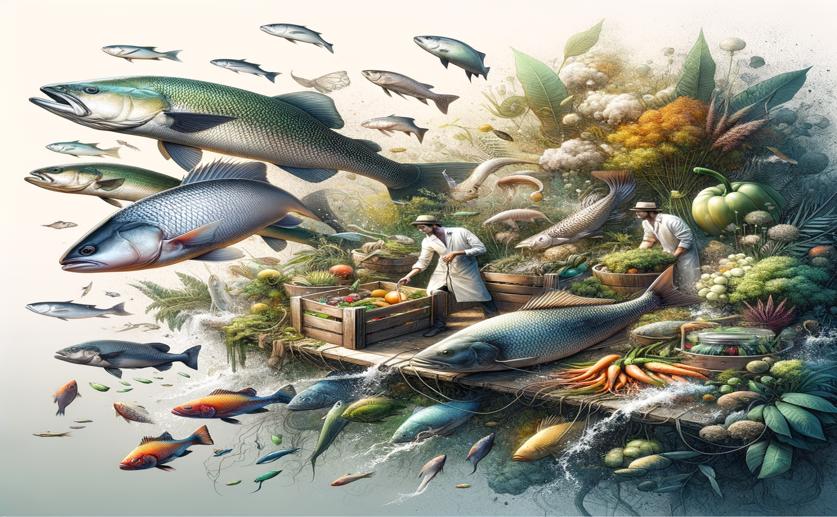
Fish Trade Conceals Household Use of Biodiversity in Wild Food Systems
Greg Howard
18th July, 2024

Image Source: Natural Science News, 2024
Key Findings
- The study in Cambodia's Tonlé Sap shows that ecosystem biodiversity is crucial for household food security
- Households consumed 43% of the species present in the ecosystem and sold only 9%, with larger, less nutritious species more likely to be sold
- Poorer households benefited more from biodiversity, consuming a diverse range of species, which is vital for nutritional health
EnvironmentSustainabilityMarine Biology
References
Main Study
1) Commercially traded fish portfolios mask household utilization of biodiversity in wild food systems.
Published 23rd July, 2024 (future Journal edition)
https://doi.org/10.1073/pnas.2403691121
Related Studies
2) Simple food group diversity indicators predict micronutrient adequacy of women's diets in 5 diverse, resource-poor settings.
3) Food Environment Typology: Advancing an Expanded Definition, Framework, and Methodological Approach for Improved Characterization of Wild, Cultivated, and Built Food Environments toward Sustainable Diets.
4) The direct drivers of recent global anthropogenic biodiversity loss.



 18th February, 2024 | David Palenski
18th February, 2024 | David Palenski